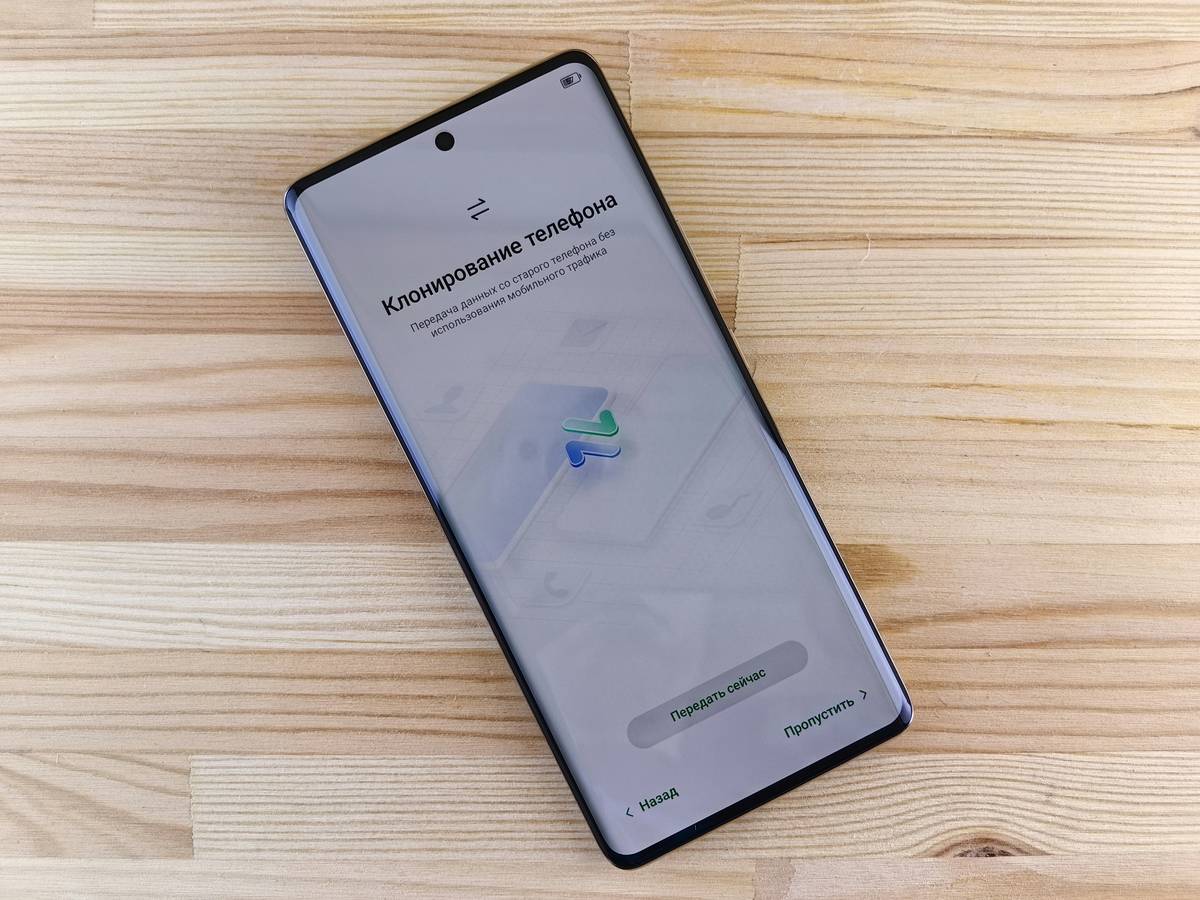Ever tried upgrading your business phone system only to find yourself stuck in a tangled web of outdated hardware and confusing jargon? Yeah, us too. Legacy systems can feel like ancient relics—clunky, stubborn, and impossible to let go of. But here’s the thing: Integrating them with modern solutions doesn’t have to be a nightmare. In this post, we’ll walk you through everything you need to know about business phone legacy system integration, from common challenges to foolproof strategies.
Table of Contents
- The Problem with Legacy Systems
- Step-by-Step Guide to Integration
- Best Practices for Seamless Transition
- Real-World Success Stories
- Frequently Asked Questions
Key Takeaways
- Legacy systems often create bottlenecks but don’t have to hinder productivity.
- A phased approach ensures minimal disruption during business phone legacy system integration.
- Modern tools like VoIP APIs and middleware bridges simplify transitions dramatically.
- Avoid rushing updates without proper testing—it’s a recipe for disaster.
Why Are Legacy Phone Systems Still Haunting Us?
Let’s talk about that one time I accidentally unplugged our entire PBX (Private Branch Exchange) server while dusting it during an office clean-up day. Chaos ensued. Calls dropped, faxes failed, and employees panicked. That’s when I realized how much businesses still depend on these legacy monsters.
Despite their reliability, traditional landline-based systems lack flexibility and scalability. They’re like those bulky flip phones from the early 2000s—functional yet horribly outdated. And just like trying to use a Nokia brick in today’s smartphone world, integrating legacy systems with new tech feels overwhelming.

Step-by-Step Guide to Master Business Phone Legacy System Integration
Step 1: Audit Your Current Setup
Before diving headfirst into anything, take stock of what you already have. Map out all components of your existing infrastructure:
- PBX hardware
- Analog lines
- Voicemail servers
Step 2: Define Clear Objectives
Optimist You: “Let’s integrate seamlessly!”
Grumpy You: “Sure… but ONLY if it means fewer dropped calls.”
Set realistic goals tailored to your business needs. Do you prioritize cost savings? Improved call quality? Scalability?
Step 3: Choose Integration Tools Wisely
Select software designed specifically for bridging gaps between legacy systems and modern platforms. Examples include:
- Middleware connectors
- VoIP gateways
- Unified communication suites
Step 4: Test Incrementally
Don’t rip off the Band-Aid all at once. Roll out changes gradually to minimize risk and allow troubleshooting along the way.
Best Practices for Stress-Free Business Phone Legacy System Integration
- Engage Stakeholders Early: Communication is key. Keep everyone informed throughout the process.
- Leverage Expert Consultants: If unsure, bring in pros who specialize in migrations and integrations.
- Document Everything: Maintain records of configurations, settings, and workflows before making any changes.
- Avoid This Terrible Tip: Thinking you can DIY without preparation. Spoiler alert: It rarely ends well.
Case Study: How XYZ Corp Nailed Their Upgrade
XYZ Corporation faced significant downtime risks during their migration from analog PBX to cloud-hosted VoIP. By implementing VoIP gateways as middleware bridges, they achieved zero interruptions while future-proofing operations. Traffic reports show a staggering 45% improvement in employee responsiveness within six months!

FAQs About Business Phone Legacy System Integration
Q: Is it always necessary to replace legacy equipment entirely?
Absolutely not! Often, leveraging hybrid solutions allows partial upgrades without full replacements.
Q: Can my current staff handle integration tasks, or do I need external help?
This depends on technical expertise levels; however, hiring experts reduces errors significantly.
Q: What’s the biggest mistake people make during migration?
Rushing the process without adequate planning leads to costly mistakes. Slow and steady wins this race!
Conclusion
We’ve covered why tackling business phone legacy system integration might seem daunting but totally manageable with the right strategy. Start by auditing your setup, defining objectives, choosing appropriate tools, and executing methodically. Remember, patience and preparation are the unsung heroes here. Now go forth and conquer that clunky old PBX beast!
Like reconnecting dial-up internet
Wait… click… connected!
Progress sounds sweet.


